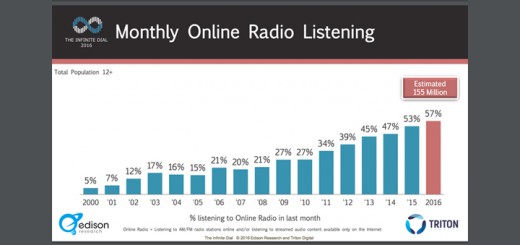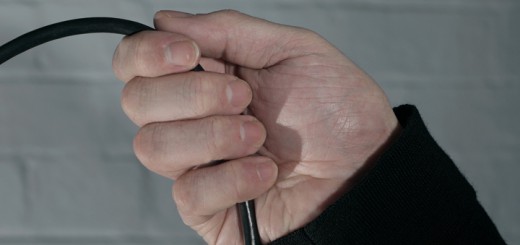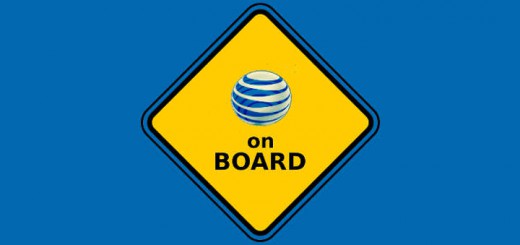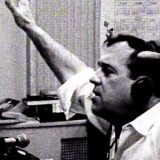Podcast Listening By The Book
Jellybooks might change the way books are marketed and how they’re written. And what the company is doing may offer a peek into podcasting’s future.
Until recently, there was no hard data about how readers read books. Most of what we knew was based on what readers self reported. Jellybooks attacked that problem by offering people free e-books and readers with the understanding that their reading habits would be collected and analyzed.
Paging Through the Data
Jellybooks’s e-readers can measure the times when readers read a book; how long they read and how many pages they get through; how quickly they read; and whether they finished. Amazon has access to similar data with its Kindle and e-reader applications, but whatever it collects it keeps to itself. Jellybooks will sell the data to subscribers.
Here’s a sample of what Jellybelly found:
Sixty-two percent of the readers of a popular U.S. novel finished the book. And those readers made their decisions to continue or not rather quickly, within the first 15 percent of the book. On the other hand, for a not-so-successful novel, finishers dropped to a little over 20 percent, with readership declining rapidly within the first 12 percent of the book (about 100 pages in this case). With a novel that did poorly in the marketplace, only 10 percent finished the book. The other 90 percent bailed after reading less than 15 percent of the book.
You may recall that last year, data showed that most podcast listeners listened for an average of 7 minutes before deciding whether to stick with an episode, a figure that aligned well with radio listening data. Jellybooks is confirming that this make-it-or-break-it decision to consume media is made just as quickly by book readers as it is with audio listeners. (Film producers will tell you that if a film hasn’t grabbed viewers in its first 10 minutes it’s time to pack up your tent and go home. Ten minutes represent about 10 percent of an average film’s running time.)
The Final Chapter—Podcasting Can’t Run and It Can’t Hide
As a podcaster, here’s what you need to know:
- media consumption is media consumption. Podcasting is not special. It is subject to the same do-or-die consumption practices as other media;
- decision times are mercilessly short. Every second you waste at the top of an episode, whether it’s a long theme song or idle chatter, creates a major hit to your audience size;
- the importance of establishing and managing your podcast’s brand is more critical than ever. If you manage expectations you can weather the occasional lapse early on in an episode. If your listeners don’t know what to expect, they will measure each episode individually and conclude a weak opening translates to a weak show.
The good news is that your content and branding is under your control. You can take whatever steps you think are necessary to maintain and grow your audience.
Wait. There’s an Epilogue. And It’s Not A Totally Happy Ending
Even though podcasters don’t get the same kind of in-depth data, the day is coming. What will you do with it when it arrives? More importantly, what will sponsors do with it? If they find that certain types of interviews don’t hold listeners’ attention, will you eliminate those interviews at a sponsor’s request? What if those interviews serve otherwise underserved listeners?
Will you maintain your creativity and independence, at the risk of choking off your revenue, or will you offer by-the-book podcasts with statistically commercial potential?
What do you see yourself doing as detailed data opens podcasting’s next chapter?
[jetpack_subscription_form title=”Get Every Blog Post” subscribe_text=”Enter your address to receive every new post by email.” subscribe_button=”Join Us >>”]









